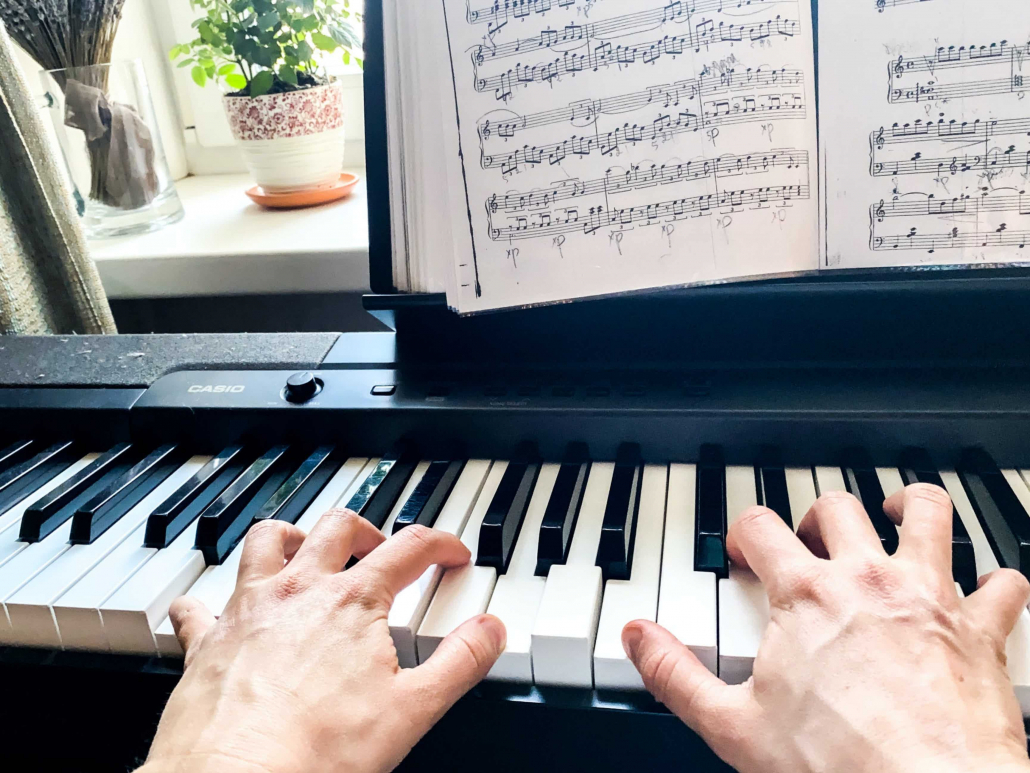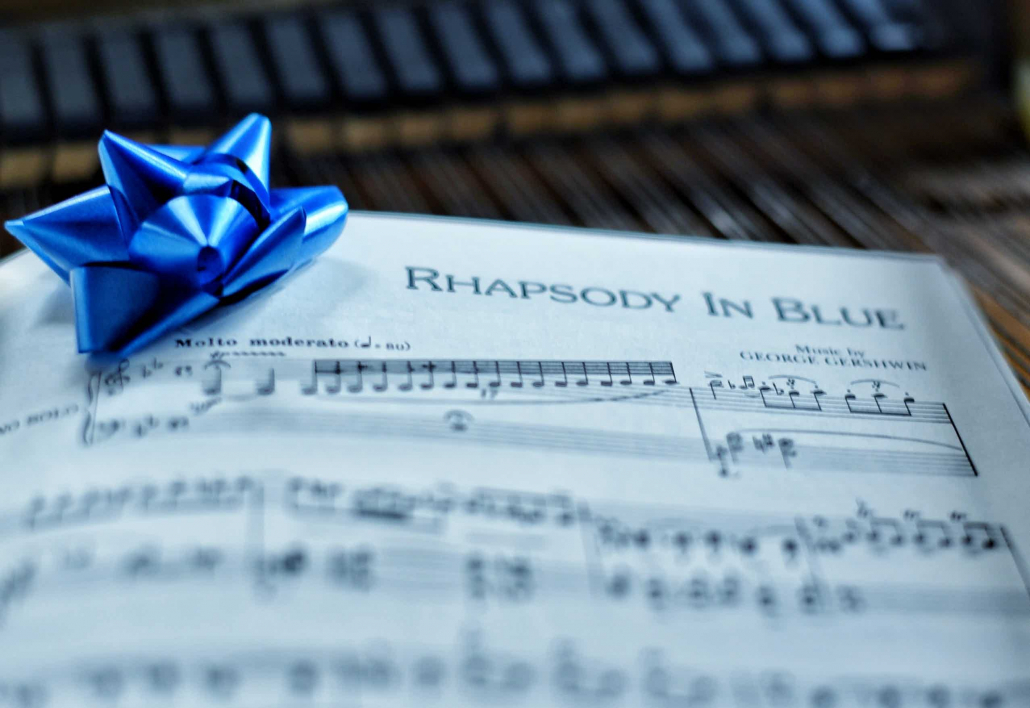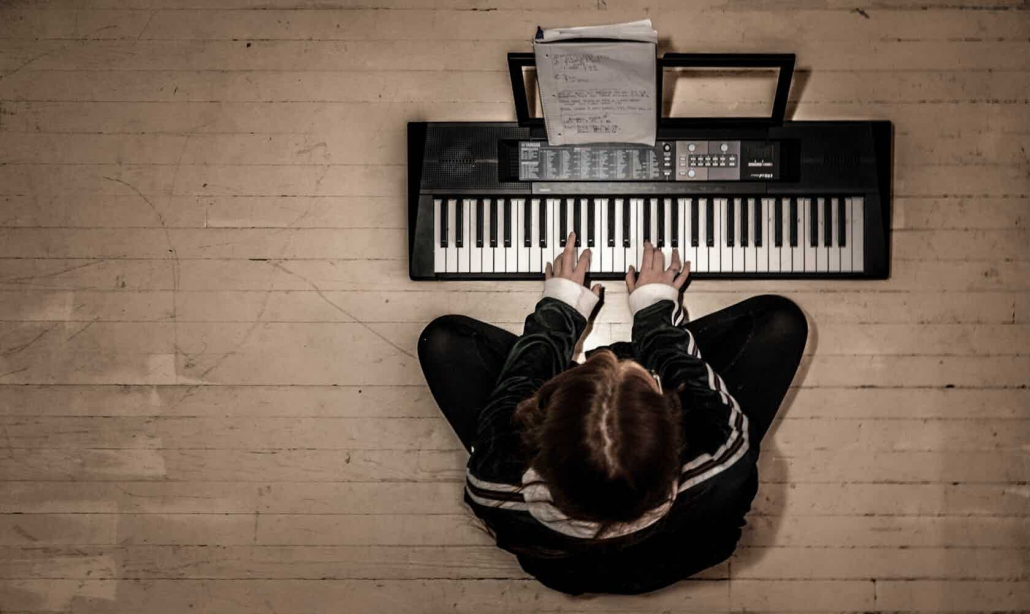Ideas for Structuring Your Piano Practice
Whether taking piano lessons, a group class, or learning on your own — progress at the instrument depends in large part on how you practice! So, wondering how to structure your piano practice? Wondering ‘how do I organize my practice sessions?’. Here are few insights that can be used by adults and children alike! If you would like to learn more about piano lessons in NYC, or if you need to work with a piano instructor in Queens or another borough, please get in touch. We would love to work with you.
Set apart a time to practice, and make it regular!
First things first — when thinking about how to structure your piano practice sessions, it can be really helpful to have specific goals and objectives in mind. Your piano teacher in the Upper East Side can help you with this. All the more so if you are learning on your own rather than working with an instructor! You might want to be able to play a particular piece by a certain date, for example. Or maybe you are working on being able to play a piece more fluently. Perhaps you want to smooth out a challenging passage.
Whatever your objective, think of it before you sit down to practice. It can be very helpful to keep a small journal near the piano, where you write down what what you worked on each day and what you intend to work on next time you practice.

Scales and exercises, followed by pieces
Depending on what music you’re playing, and on what your goals are for your lessons or independent study, you are likely playing technical exercises and pieces. Even technical exercises can be played musically, but it’s understandable if you find playing exercises at the piano less interesting than playing pieces.
If you are playing exercises in addition to pieces, one piano practice organizing technique is to start each session with a warm-up of scales, followed by exercises, and then working on repertoire (the pieces that you are learning).
Dividing each practice session into sections like this, can help you to stay regular with *what* you practice — ensuring that you are covering everything you intend to cover in each session — while helping you to organize your time and structure your piano practice, such that each session has an order to it. Of course, not every piano practice session has to have an order to it! You might set aside days when you simply play whatever you want to play at the piano, rather than actively working on a piano piece that you are learning. As an adult learner, you are most likely taking lessons or studying on your own, for enjoyment! So take time to simply enjoy making music!

Alternate material on alternate days
Depending on your personal objectives and on what music you’re playing, you may wish to try alternating what you play during each practice session at the piano.
For example, if you practice every day, every other day you might work on pieces or songs you are learning, perhaps in combination with technical exercises — and on the other days, play the pieces you are already comfortable with, perhaps combined with sight-reading practice!
This way, you alternate ‘study’ days, so to say, with pure enjoyment days when you play for enjoyment.

Your structure is a personal choice
When it comes to learning to play the piano, or any other musical instrument, practice — regular, mindful practice — is very important to making progress at the instrument. Practice is often overlooked by adult students as well as children, but it cannot be overstated – good practice is crucial!
No matter how you choose to organize your practice time, no matter how you structure your practice sessions — remember that different musicians have different needs. What works well for you might not be the right choice for someone else, and vice versa.
Try different ways to organize or structure your time at the piano, and see what works best for *you*, given your individual needs and the goals you’re working toward.



